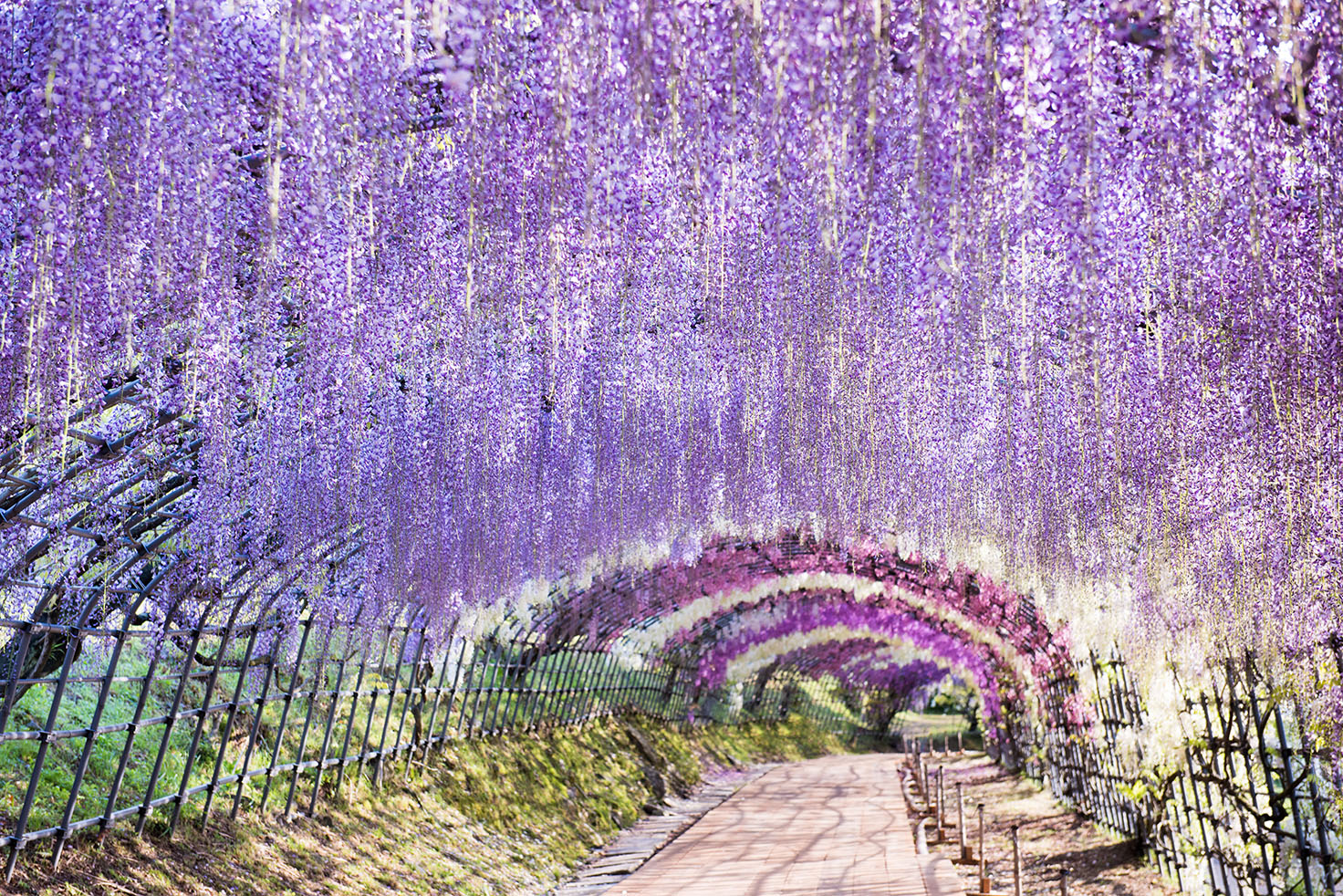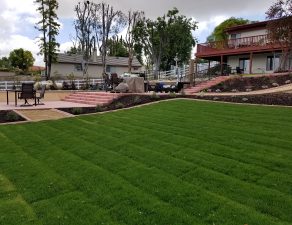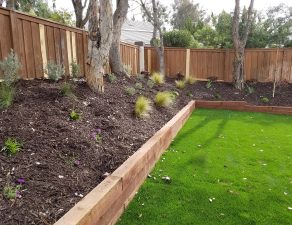
If you’re considering the addition of a garden feature that will add both visual interest and a soothing appeal, you might be interested in the trend of “tunnels” created by shaping trees or other plants. Not only will your garden be the talk of the town; you can provide yourself with a soothing meditative space in your own backyard.
Wisteria tunnel. Wisteria spreads prolifically, and produces fragrant, bright-purple blooms in the spring. While Japanese horticulturalists have been training the woody vines to grow on trellises for years, the trend is becoming popular in the US as well. The most difficult part of this project is building the tunnel, or trellis. Keep in mind the space offered within your backyard (and check with your homeowner’s association, just in case, to be sure that the tunnel won’t count as an additional “structure”).
As your wisteria grows, keep the stems attached to the trellis posts with heavy-duty garden twine until it is well-attached to the structure. Wisteria will usually bloom within three to five years of planting, but keep in mind that some varieties are much slower. Proper planting and pruning can help your wisteria to bloom more quickly. This is definitely a long-term project for the dedicated gardener, but the results are well worth the effort.
Tree archways. By planting two rows of trees and then encouraging them to “arch” toward one another, you can achieve a tunnel-like effect. Like the wisteria tunnel, a tree archway is clearly a long-term project requiring many years of careful planning.
Select a species of tree that grows tall and narrow, and is tolerant of pruning. Examples would be yew, privet, magnolia, bottlebrush, or podocarpus. Some varieties of fruit trees can also be trained to grow in an arch formation. Remember to plant your trees the appropriate distance apart from one another (usually about four to six feet apart), and insert a metal “T” stake at the side of the tree facing into the intended archway.
You will loosely tie the tree to the stake with twine, and in late winter prune away branches that deviate from the arch. Each spring, gently bend new growth toward the center of the arch and tie the stems together. Eventually the trees will be trained into this formation, and you can remove the metal support stakes.
Keep in mind that these projects do require specialized pruning and care over the years, and that you will likely need more guidance than we can provide in a single blog. Keep in touch with us, and we will be happy to continue helping you create the garden projects of your dreams.








Write a comment: